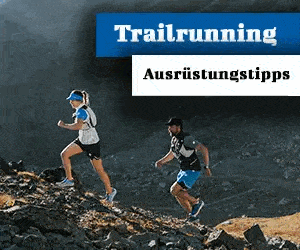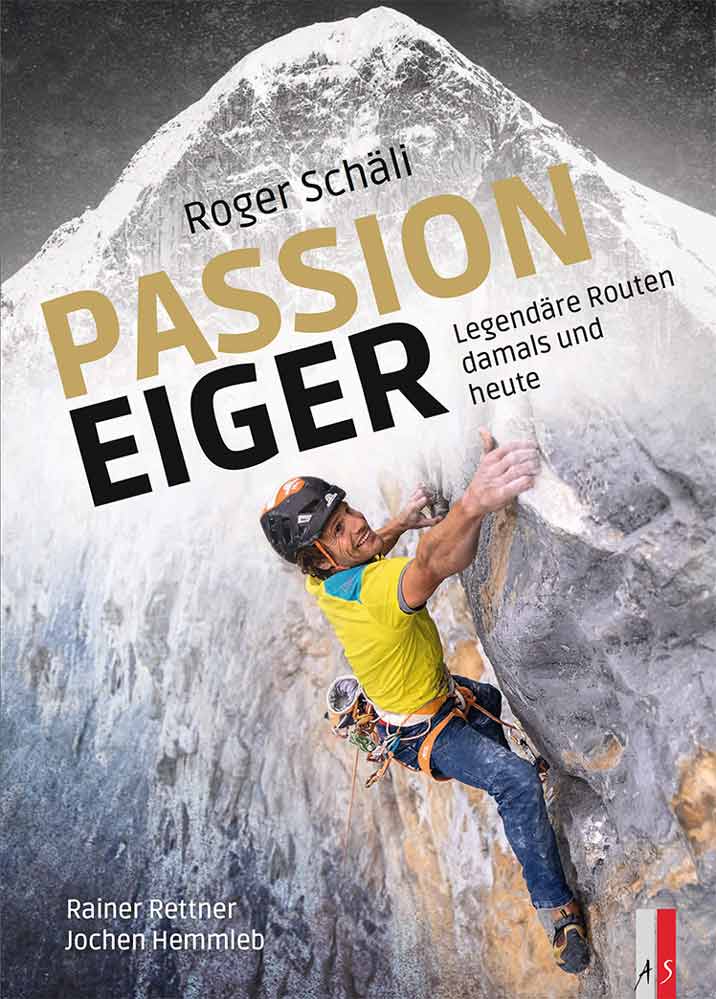The historian Rainer Rettner owns the largest private archive on the north face of the Eiger. The author explains why the legendary wall is still associated with tragedy today - and where climate change is most evident.
Rainer Rettner knows the north face of the Eiger like no other. The German prefers to hike personally, but he can name every square meter of what is probably the most famous rock face in Europe, he knows who, where, when and how successful or has an accident.
This wall has fascinated me from the first moment I saw it.
Rainer Rettner
He owns the largest private archive and has collected umpteen pictures and original documents. On a sunny September afternoon we sit down at the Eigergletscher station for a conversation and talk about the new book, the Rettner together with Jochen Hemmleb and in front of the Eiger Roger Schäli has published. It is called “Passion Eiger”.
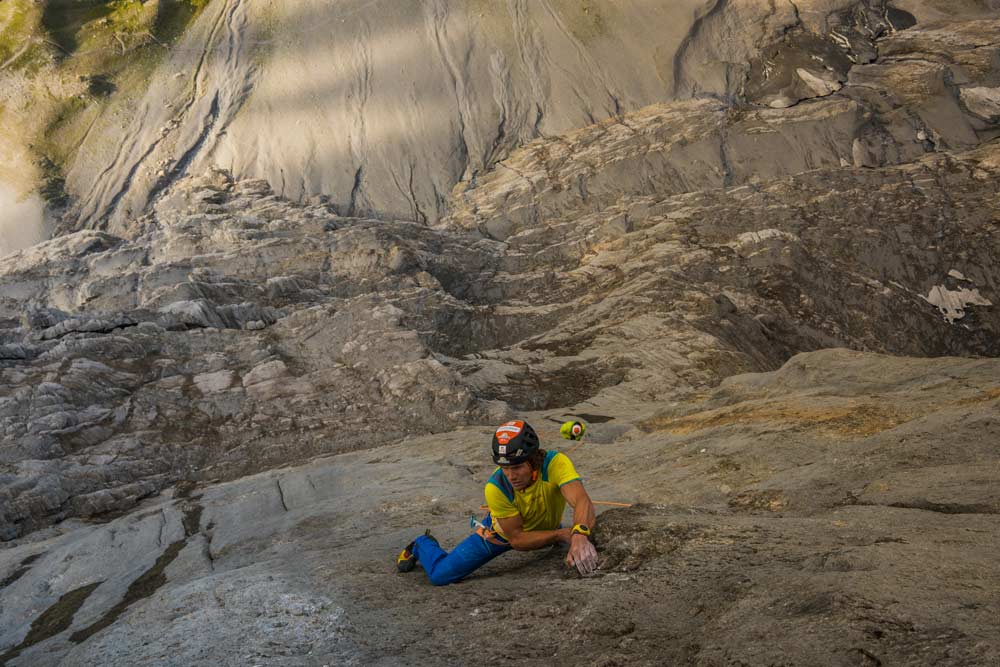
Mr. Rettner, why do you need another book about the Eiger?
Today almost 40 different routes run through the wall, and behind each one there are exciting stories. Above all, the beginnings are known, i.e. the dramas from 1935 and of course the first ascent by Heckmair in 1938 and Co. From 1966 there were many spectacular new routes that were much less documented. We wanted to catch up on that.
For example the Harlin Direttissima?
... although this story is still one of the well-documented. A German and an Anglo-American expedition wanted to create the first Direttissima on the Eiger in 1966, i.e. as directly as possible to the summit. First they were rivals, later they banded together. John Harlin, the American leader obsessed with the direct line, fell when a rope broke. After a month, a Scot and four Germans stood on the summit. Unlike the line of first climbers around Anderl Heckmair, the Direttissima was not only celebrated, but also heavily criticized.
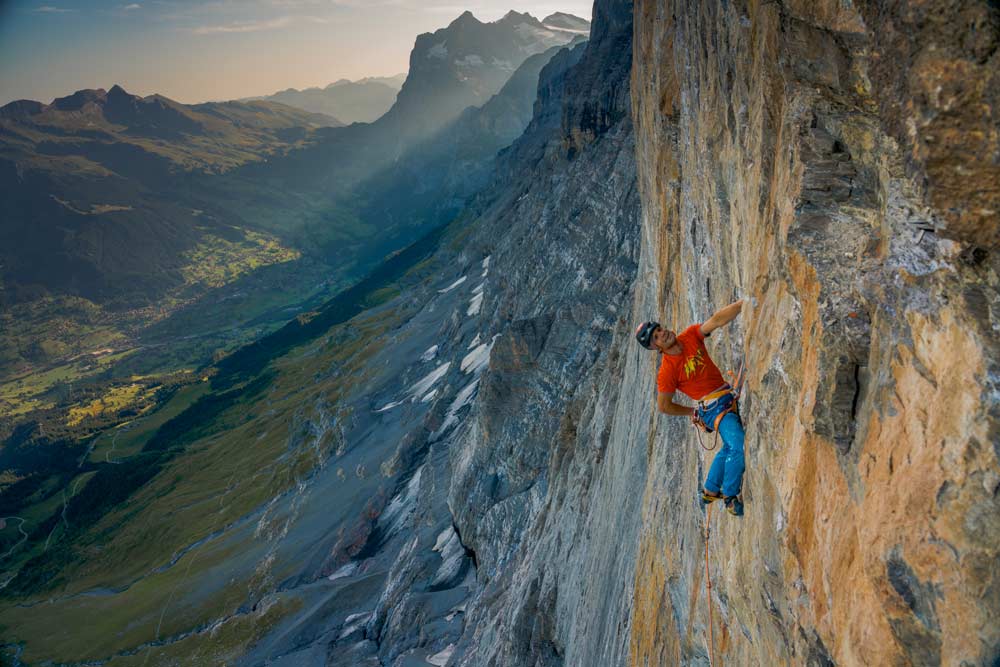
For what?
The idea of Direttissima says that the ideal line follows «the path of the falling drop». So in a direct line to the summit. So you didn't always use the natural weak points of the wall, but worked your way up with a great deal of material, laid fixed ropes and often climbed up and down the wall. The press even compared it to a construction site.
Sometimes you spent the night partying on the Kleine Scheidegg and the next day you climbed the fixed ropes again to continue climbing.
Nevertheless, it was a strong route, carried out in the style of the time. In contrast, the Heckmair route is a completely different line: There are many cross-corridors, the line is anything but direct and measures around three kilometers, although the wall is “only” 1800 meters high.
Right from the start, it was assumed that the most direct route was the best.
I agree. When the two Munich-based Max Sedlmayr and Karl Mehringer arrived in 1935, they watched the wall for a week and realized that there were often dangerous rockfalls in the central part. So they probably thought you had to go straight up as fast as possible.
They got as far as the second ice rink, where they had to cope with sixth grade climbing spots, which at that time was the limit of what was humanly possible.
They got caught in a sudden storm and died above the second ice field. The place where one of the corpses was seen from an airplane has since been called the death bivouac and is still used today as an overnight camp.
Why does the myth of the Eiger persist to this day?
The wall is a stone's throw from Kleine Scheidegg, from where people were watching very closely through the telescope as early as 1935. The tragedies were cannibalized, retold, filmed. That earned him a reputation that continues to this day. Even if that doesn't have much to do with today's reality.
The drama on the Eiger
What do you mean?
There have long been countless routes in the Alpine region that are many times more difficult than the classic Heckmair route, but the public hardly takes notice of them. The Eiger North Face remains a term that is closely linked to the tragedies that happened over 80 years ago. Back then there were no reliable weather forecasts, neither cell phones nor helmets, and certainly no rescue helicopters. Instead ropes that broke and heavy shoes with crampons that are difficult to fix. No comparison with today.
Let's talk about the period from 1966 onwards. What happened then?
The Heckmair route was repeated many times until the 60s. The public interest in it was so great that even the umpteenth repeaters were celebrated as media stars. But at some point it got tired. A direct line to the summit was defined as the “last problem of the Western Alps”. The Harlin route was the first direct route, but it was also heavily criticized.
The Japanese followed with a summer direct line, followed by the Czechs in the 1970s. In 1983 the Slovak Pavel Pochylý completed the ideal direttissima, which Sedlmayr and Mehringer had committed in the lower part of the wall in 1935 before they died. He is one of the many exciting minds who appeared on the Eiger between 1966 and 1991 and whose stories we focus on in the book.
How has the Eiger north face changed since 1938?
Climate change is clearly visible: the two striking ice fields that used to exist all year round now disappear in summer. The Heckmair route has hardly been climbed in summer for about 15 years, the rockfall is too dangerous, and the conditions are too bad on the thawing wall.
In 1980 a winter ascent was still a sensation.
Today this is the norm, while in the summer, at most, some Koreans who have not yet noticed this change will dare to climb the central wall. The right part of the wall with the Geneva pillar is excluded from this. Climbing has increased significantly in summer. That is also a visible change, a social one.
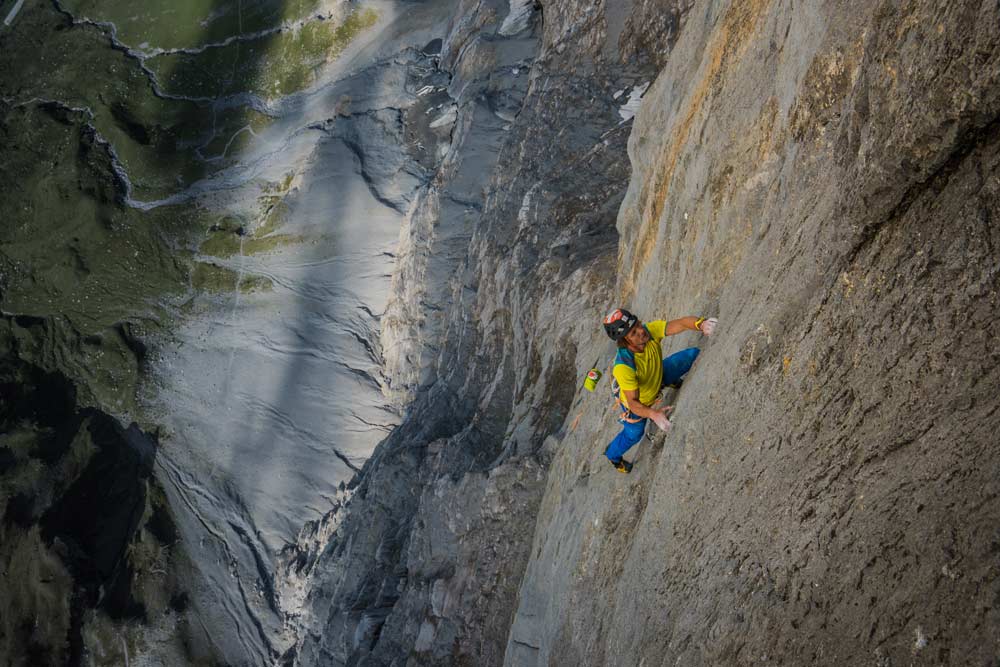
In what way?
Alpine sport climbing has increased significantly overall. Many routes run on the Geneva Pillar and to the left and right of it, which are made purely as rock climbing. There the rock is compact and dry, there is hardly any rockfall. It's all about free climbing: the path is the goal - not the summit.
So the Eiger has not had its day?
Not yet! The fascination for the Heckmair route is unbroken in winter. With good conditions, which of course go around like wildfire on social media, ten rope teams are at work at the same time. And in the right part of the wall there have been many new rock routes in recent years, and now the generation of climbers who grew up with climbing halls is attacking.
In the right part of the wall, the generation of climbers who grew up with climbing halls is attacking.
Only the numerous direct lines in the central part of the wall have gone badly out of fashion. Many of these have not even been repeated to this day. Roger Schäli is one of the few alpinists who have also taken on these routes. That's one of the reasons why Jochen Hemmleb and I really wanted to have him with us as a co-author.
A short chronicle of climbing on the Eiger
- With a height of 1800 meters, the Eiger North Face is the highest face in the Alps.
- From around 1900 it came into the focus of mountaineers. In 1911, the two mountain guides Christian Almer and Josef Knubel climbed the lower part of the wall to the tunnel with an English guest. From there the wall steepens and the climbing becomes more and more difficult.
- It would take more than 20 years before you dared to climb out of the Jungfrau Railway's tunnel. First the left part of the wall was dealt with, the upper part of which has an ice sheet that is relatively easy to walk on. In 1932, the so-called Lauper Route succeeded this way to the summit. Nevertheless, the Eiger north face was still considered unbeaten, because the Lauper route bypasses the central part of the wall and runs over the actual north-east face.
- In 1935, Max Sedlmayr and Karl Mehringer from Munich made the first attempt through the central wall. They died in a storm near the second ice field. Until the first successful ascent by Anderl Heckmair and Co. in 1938, seven other contenders had died.
- Today 40 different routes run through the wall.
- Since 1935, 72 mountaineers have died trying to climb the mountain, the bodies of 7 of them have never been found.
That might interest you
+ + +
Credits: Text Dominik Osswald, images Severin Karrer / mountain feeling


